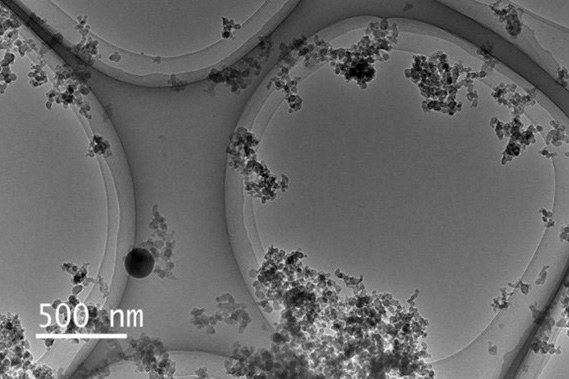Black carbon emission factors of anthropogenic sources investigated

The research article, published in the scientific journal Environmental Research Letters (IOP Science), is linked to the Black Carbon Footprint research project, which ended in autumn 2022 and in which a large amount of expertise in black carbon research was collected together in Finland. In the project, the researchers studied the sources of black carbon emissions, the concentrations and transformation of particles in the atmosphere, and the health and climate impacts of black carbon. In addition, the researchers designed a footprint concept for assessing the effects of black carbon emissions.
The extensive literature review now conducted revealed that there is a lack of emission factors, especially in the energy production sector. In contrast, black carbon emission factors for road traffic have been published in a relatively comprehensive manner.
“Black carbon emission factors are important for researchers and authorities, for example, in work related to emission inventories,” says Topi Rönkkö, Professor of Aerosol Physics at Tampere University.
The article Review of black carbon emission factors from different anthropogenic sources was published in the scientific journal Environmental Research Letters on 7 March 2023. Tampere University was the leading partner of the article, supported by the researchers from Finnish Meteorological Institute and Technical Research Center of Finland VTT.
Black carbon produced by diesel vehicles decreased
The largest anthropogenic sources of black carbon are aviation, road traffic and shipping, as well as households’ small combustion and energy production. The study collected data on these emission factors. The emission sources were further subdivided into smaller sub-groups to detect systematic trends, such as the effect of fuel, combustion technology, flue gas cleaning technology, or exhaust gas after-treatment technology on the emission factors.
“We observed that emission limitations have had a significant impact on black carbon emission factors. This was clearly seen as a reduction in the black carbon emission factor produced by road traffic and especially by diesel vehicles,” Rönkkö says.
For petrol-driven vehicles, this trend was not directly observed, which may be due to the fact that vehicles equipped with direct fuel injection techniques produced higher emission factors than vehicles equipped with port-fuelled injection. Indeed, the use of direct fuel injection techniques in petrol-driven cars may increase the black carbon emission factor of the petrol car fleet.
For shipping, it was seen that the largest engines had the lowest emission factor for black carbon. The black carbon emission factors from households’ small combustion showed large variation indicating that fuel type and quality as well as combustion appliances influenced the emission factors.

Need for emission factors for energy production
In Rönkkö’s view, the comparison of emission factors for different emission sources was made more difficult by the almost complete absence of emission factors for energy production. Data gaps were also found in the geographical distribution of the measurements, as, for example, for vehicles, most of the measurements had been made in North America, Europe or Asia.
The use of reported data is also complicated by the fact that several different methods were used to determine emission factors. Several different measurement methods were also used to determine the concentrations and emissions of black carbon and the results were reported in different units.
According to the researchers, it will be important in the future not only to focus on measuring emission factors from sources that lack information for example, energy production and new vehicle technologies but also to compare different black carbon measurement methods and thus reduce the uncertainty associated with emission factors.
This study represented in the research article was financially supported by Business Finland BC Footprint project and Academy of Finland Flagship funding Atmosphere and Climate Competence Center (ACCC), Project EFFi and Project BBrCaC.
Further information
Topi Rönkkö
topi.ronkko [at] tuni.fi






